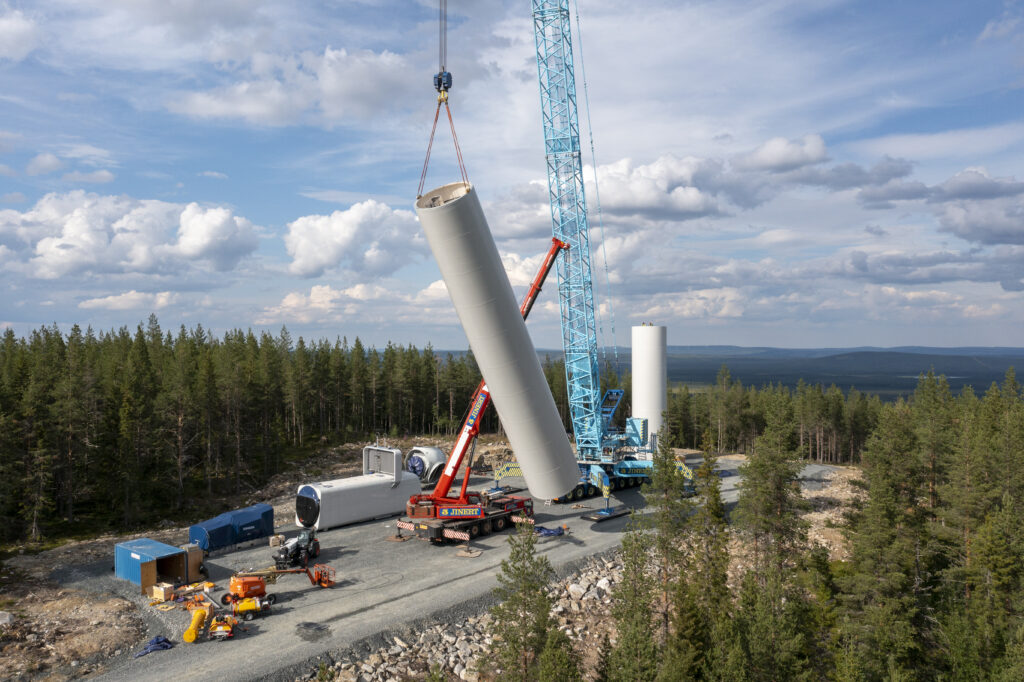Vattenfall and Cemvision Partner to Develop Near-Zero Emission Cement with 95% CO2 Reduction

Vattenfall and Cemvision have entered an agreement (LOI) for the development and future supply of near-zero emission cement. The new cement has the potential to reduce carbon dioxide emissions by 95 per cent compared to traditional cement.
The new cement has several potential applications, such as foundations for wind power turbines, power distribution and prefabricated concrete elements. Both Vattenfall and its subcontractors could become important new customers for this innovative new product.
Cemvision develops cement made from recycled residual materials from industries including mining and steel industries manufacturing in a process where the Cemvision’s kilns are fueled by fossil-free energy. Compared to traditional cement production, which emits large amounts of carbon dioxide due to the use of virgin limestone and fossil fuels, Cemvision can reduce the carbon footprint by up to 95 per cent.
“We are delighted to deepen our partnership with Vattenfall and to welcome them to our growing customer base. Already today in our demo production, we are reducing carbon emissions by 80%, and as we optimise processes and supply chain, we will reduce by up to 95% by 2030. Near-zero emission cement is the most efficient way to achieve significant climate benefits without increasing the overall cost of a construction project. It does not have to be difficult to change, but it is important to start in time and help accelerating the transition,” says Oscar Hållén, CEO of Cemvision.
“Vattenfall is very positive about participating in the development of a market for near-zero emission cement by creating demand as a customer. We can also contribute with product verification at our concrete laboratory. The global impact of cement production makes it necessary to find a way forward with as low carbon emissions as possible, the climate and the future of construction demand it. This is an innovative solution with great potential,” says Annika Ramsköld, Head of Sustainability, Vattenfall.
As a member and founder of the First Movers Coalition, FMC, Vattenfall has pledged that at least 10 per cent of its cement or concrete purchases will be as close to zero emissions as possible by 2030. The FMC’s overall goal is to take climate action by creating a market for emerging technologies that are crucial to reaching near-zero emissions by 2050.
Related Article: Holcim Launches GO4ZERO Plant in Belgium, Aiming for 2 Million Tons of Net Zero Cement Annually by 2029
Facts:
- The cement industry currently accounts for about 8 per cent of global carbon dioxide emissions, while demand for cement is expected to grow.
- The production of Portland cement, the dominant cement standard today, contributes to carbon emissions totaling 850 kg CO2e/tonne. Of this, around 60 per cent of emissions are released from the chemical reaction that occurs when limestone is heated, and 40 per cent comes from the use of fossil fuels to reach the high temperatures needed.
- FMC members commit to buying near-zero emission cement or concrete that meets, among other criteria, cement with a carbon footprint below 184 kg CO2e/tonne. Cemvision’s new cement Re-ment is expected to be 45 kg CO2e/tonne.








